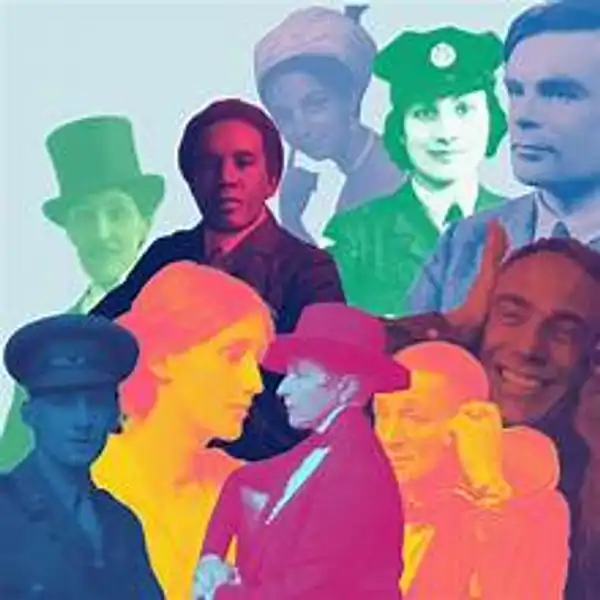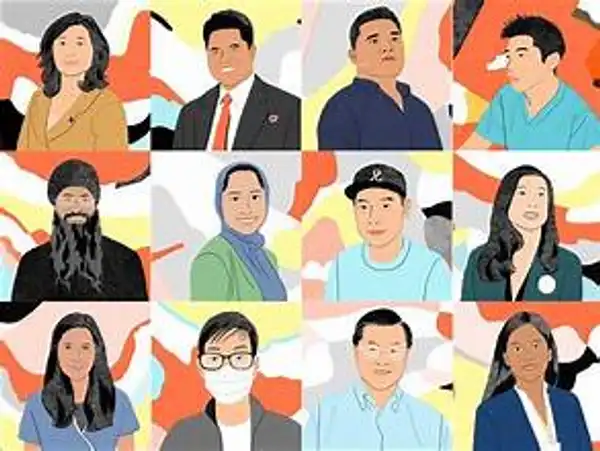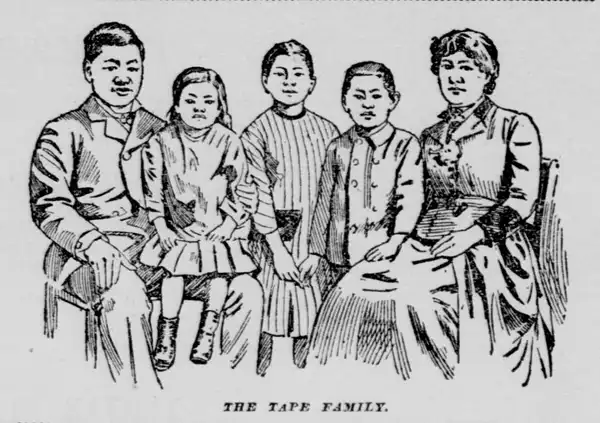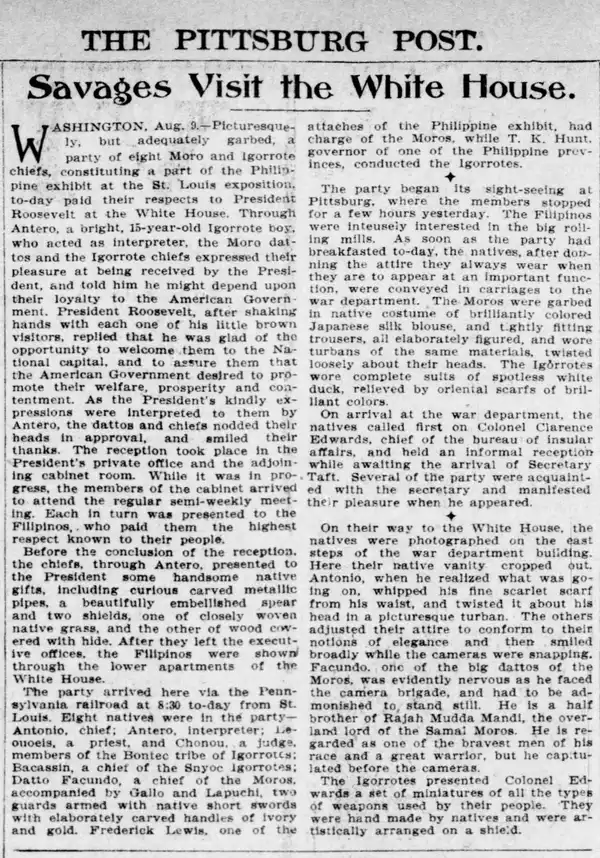Asian American and
Pacific Islander history is American history.
Unlock its power in your classroom.
Book, Article : Notable Asian Americans
Lesson Plan, Teaching Guide, Unit Plan, Video : Farm Workers Rights: Larry Itliong and Philip Vera Cruz
Lesson Plan, Article, Activity : Immigration, Mamie Tape, and Cabrera Antero
Lesson Plan, Article, Video : Primary Sources: Eugenics, White Supremacy, World's Fair 1904
Click a resource to open
The AAPI History Hub provides K–12 educators with a vetted collection of resources, including Lesson Plans , Books , Films , and more, that are ready to integrate into your teaching and classrooms.
Learn More About the HubNew!
Celebrating AANHPI Heritage Month 2025 with new ways to engage
We’re adding three new databases to celebrate AANHPI Heritage Month! Explore AAPI History in Action, Professional Learning Opportunities, and the AAPI Education Landscape.
Professional Learning
Build your confidence and capacity to teach AAPI history with support from trusted programs and partners.
Get support teaching AAPI history
Get support teaching AAPI history
Learn from educators, experts, and programs committed to bringing AAPI stories into classrooms everywhere.
Curated opportunities to grow
Curated opportunities to grow
We’ve gathered quality programs with a focus on AAPI history and culturally responsive teaching.
AAPI History in Action
Explore museums, cultural centers, and more highlighting AAPI history.
Interactive map
Interactive map
Explore an interactive map of the U.S. to find AAPI History in Action near you.
Experiences for everyone
Experiences for everyone
From museum exhibits to musicals, experience AAPI History in-person or online.
AAPI Education Landscape
Discover state-by-state policies and advocacy efforts to support the teaching of AAPI history.
Watch Groundswell
Watch Groundswell
A short film featuring a group of young advocates as they fight to make AAPI education a reality in their schools.
Track the movement
Track the movement
Explore academic standards, passed bills, and pending bills regarding AAPI and Ethnic Studies.
Advocacy organizations leading the way
Advocacy organizations leading the way
Locate community organizations advancing local curriculum development, policy adoption, and implementation in states across the country.
Personalize your experience with My Hub
Keep track of your resources by creating a My Hub account.
Sign in with Google
Empowering educators to incorporate AAPI history into their classrooms
- 277 resources
- 21 partners

Asian American and Pacific Islander history, from Angel Island to zoot suits
Resources At Your Fingertips
Start searching
Start searching
Know what you're looking for? Use the search bar above to quickly find resources on you topic. Unsure? Visit the Resource Directory to explore what's available in the Hub.
Filter down
Filter down
Use filters like grade level, resource type, and ethnicity for more targeted results.
Save, curate, and notate
Save, curate, and notate
Create a user profile to save and curate your own AAPI curricular library tailored to your needs. And use the notes feature to jot down teaching tips for each resource.
Get & Give Support
Share with each other
Share with each other
Find a great resource? Copy a direct link or share via social media or email and spread the word to other educators.
Provide feedback
Provide feedback
Contact us to share your thoughts on the Hub or specific resources so we can continue to improve and meet your needs in the classroom.
Stay connected
Stay connected
Sign up for our newsletter to hear about new features, resources, and updates to the Hub.
Beyond the Table: Teaching Asian American History Through Food
Beyond the Table: Teaching Asian American History Through Food
For many Asian American families, Thanksgiving tables are a beautiful blend of traditions — kimchi next to cranberry sauce, biryani alongside mashed potatoes, dumplings sharing space with pumpkin pie. Food is how we gather, remember, and belong — but it’s also a powerful way to teach students about immigration, labor, community, and cultural diversity. This November Hub Bookshelf features classroom teaching resources that explore Asian American history through food — from the sugar plantations of Hawai‘i to the grape fields of California, from family kitchens to donut empires. These stories reveal how food has shaped belonging, prosperity, and safety in Asian American communities — and how something as simple as a school lunchbox can reflect larger lessons about identity, exclusion, and home.




